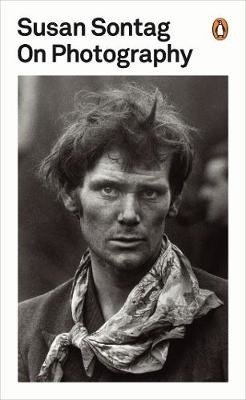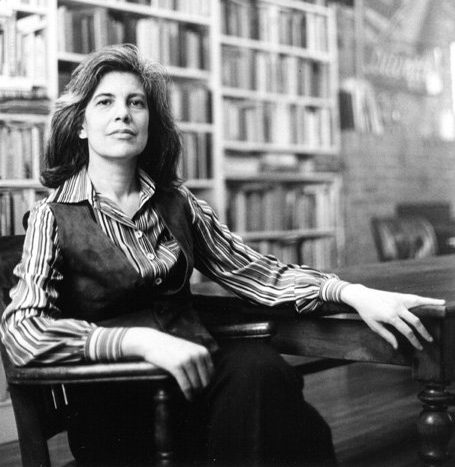ita | eng
“That most logical of nineteenth-century aesthetes, Mallarmé, said that everything in the world exists in order to end in a book. Today everything exists to end in a photograph” | Susan Sontag
On Photography is a collection of essays by Susan Sontag, an american writer, filmmaker, teacher and political activist. In this collection Sontag expresses her views on the role photography has in history and the present day by examining the work of various famous photographers, such as Walker Evans, Alfred Steiglitz, Diane Arbus, Henri Cartier Bresson and others.

It is a brilliant and profound look at the very essence of photography, a must read for photographers and photography lovers alike even though, unlike many photography books, it has no pictures. By examining the work of famous artists Sontag explores the relation photography has with art, conscience, knowledge as well as politics.
One point Sontag argues is that the proliferation of photographic images establishes within people a “chronic voyeuristic relation” to the world around them. Though published in 1977, it is unbelievably prescient of the contemporary image-ridden social media addicted generation and its modern anxieties.
“…needing to have reality confirmed and experience enhanced by photographs is an aesthetic consumerism to which everyone is now addicted.(…) photography is not practiced by most people as an art. It is mainly a social rite, a defence against anxiety, and a tool of power.(…)but essentially the camera makes everyone a tourist in other people’s realities, and eventually in one’s own” | Susan Sontag
She notes how there is a distinction between experiencing an event and documenting the event itself – something quite evident today with smartphones. She argues that the medium of photography fosters an attitude of anti-intervention: the individual who seeks to record cannot intervene, and the one who intervenes cannot faithfully record, as the two are in contrast with one another.

Sontag has the capacity to both analyse expected topics, such as photography, its contents and its themes, as well as its historical upbringing in industrial societies. So photography becomes both an art form and a cultural artefact; it is technological documentation as well as a moral apparatus – with each photograph our mental repertoire of what’s acceptable or deplorable extends.
The camera is a kind of passport that annihilates moral boundaries and social inhibitions, freeing the photographer from any responsibility toward the people photographed”| Susan Sontag
For Sontag, the act of taking a photograph alters something and documents its ending: «To take a photograph is to participate in another person’s mortality, vulnerability, mutability. Precisely by slicing out this moment, and freezing it, all photographs testify to times relentless melt. (…) To photograph people is to violate them, by seeing them as they never see themselves, by having knowledge of them they can never have, it turns people into objects that can be symbolically possessed».
The essays are a mixture of candid subjective observations and a wealth of literary, popular and filmic references, with names such as Antonioni, Hitchcock, Whitman, Nabokov, Balzac as well as others being mentioned. An interesting, and recommended, read for anyone interested in photography
Acquista il libro cliccando qui
Leggi gli altri Focus di ZìrArtmag
